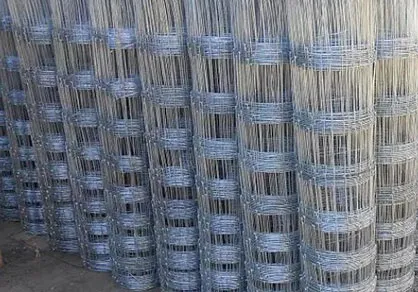

2. Pre-Drilling Although it might seem counterintuitive, pre-drilling can make a significant difference in successfully driving nails into concrete. Use a masonry drill bit to create a small pilot hole, slightly smaller than the diameter of the nail. This helps guide the nail and reduce the likelihood of cracking the concrete. 3. Hammering the Nail Place the concrete nail in the pilot hole. Hold it steadily using the nail set and strike it with the hammer using controlled, firm blows. The key is consistency in force; excessively hard strikes can cause more harm than good. Instead, aim for rhythmic, even force. 4. Finishing and Inspection Once the nail is secure, lightly tap around it to ensure the area is intact. Check for any visible cracks or instability. A secure nail should not wiggle or come loose under moderate pressure. Advanced Solutions Powder-Actuated Tools For regular tasks requiring nailing into concrete, consider investing in a powder-actuated tool. These devices use gunpowder to drive nails deeply and quickly into concrete, offering professional-level results with minimal effort. Brands like Ramset offer reliable tools that comply with industry standards, ensuring safety and performance. Maintaining Tools for Longevity Proper maintenance of your tools is essential for consistent results. Regularly inspect your hammer for any handle damage or head loosening. Keep your drill bits sharp and clean, and always store nails in a dry environment to prevent rusting. Conclusion Mastering the art of nailing into concrete is not just about brute force; it’s about using the right tools and techniques. Through understanding the nature of concrete, choosing the correct fasteners, and employing methodical approaches, anyone can achieve professional-grade results. Whether for construction or small home projects, following these guidelines ensures not just effectiveness but also safety, consolidating your authority and trustworthiness in handling construction tasks confidently.

















